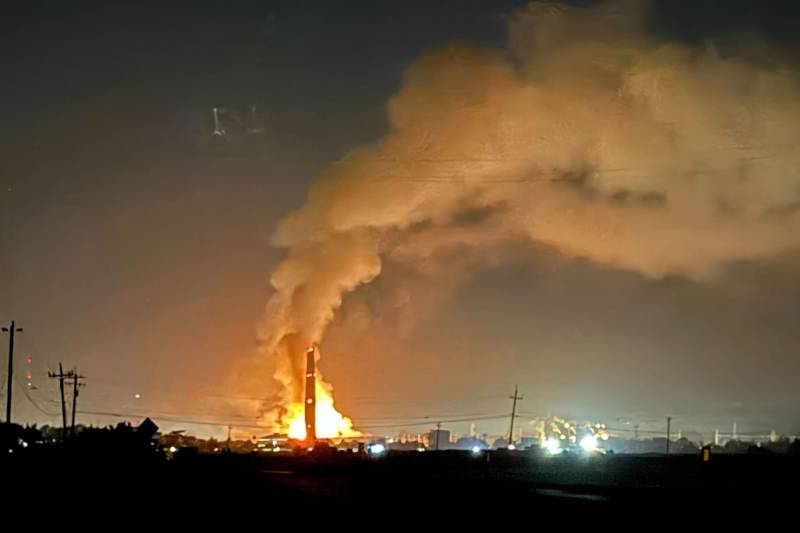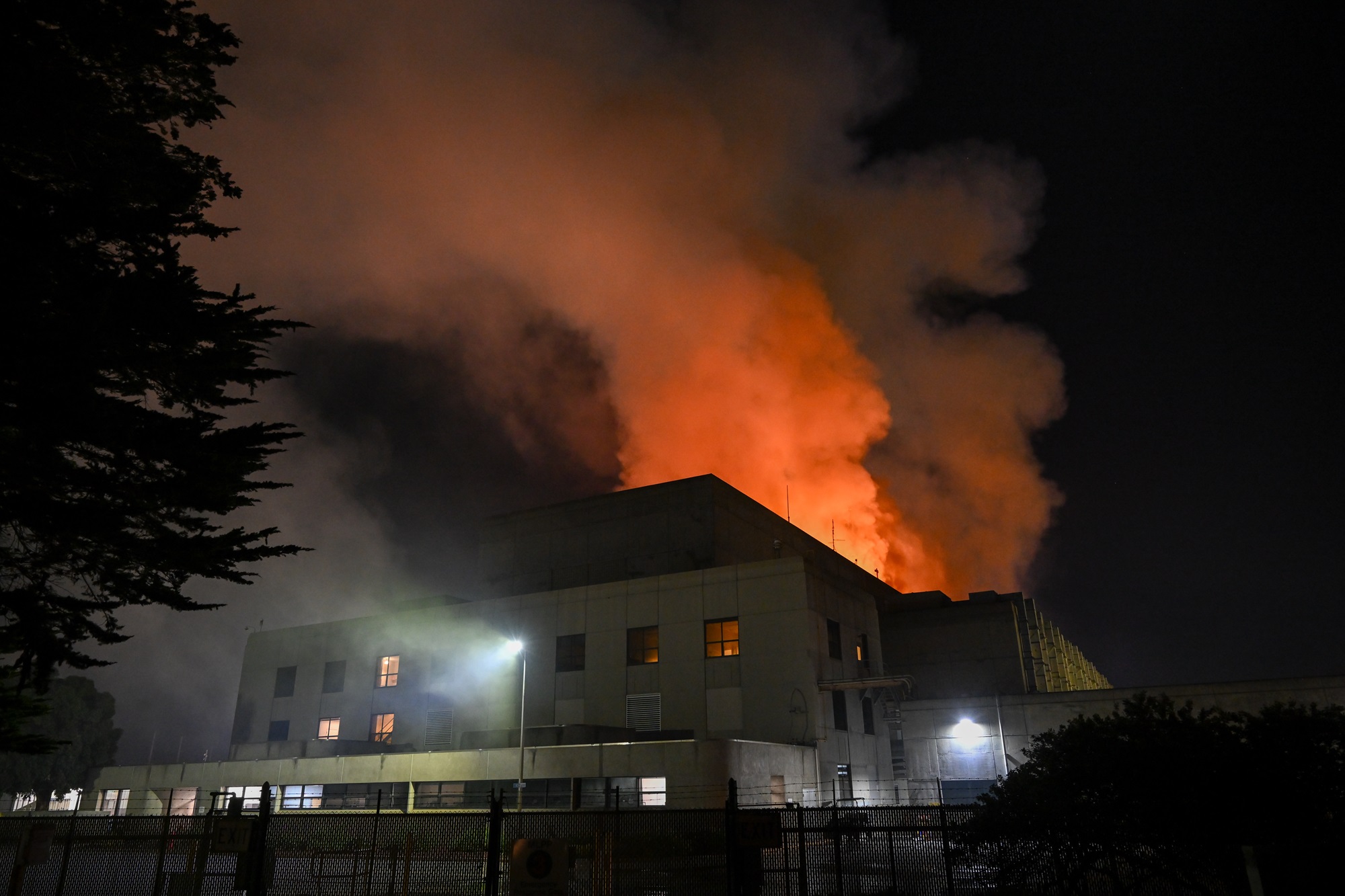The day after the fire, local officials disclosed that the building’s fire suppression system failed to activate.
“Additionally, the Moss Landing BESS suffered two previous fires, one in 2021 and one in 2022. Defendant VISTRA’s own investigation of those fires highlighted the deficiencies of the fire suppression system at the Moss Landing BESS, yet no changes were made,” the complaint states.
Vistra Corp declined to comment for this story.
The lawsuit also claims that PG&E shares responsibility, as it draws power from the facility and has a say in the equipment used there.
“The Moss Landing power plant is located adjacent to — but walled off and separate from — PG&E’s Moss Landing electric substation,” PG&E said in a statement.
The four plaintiffs in the lawsuit are seeking compensation for the harm caused by the fire, including forced evacuations and property damage covered in soot and ash, which may contain toxic compounds.
A field survey by San José State University’s Moss Landing Marine Laboratories detected unusually high levels of nickel, manganese and cobalt in soils within 2 miles of the lithium battery storage site, linking the contamination to the fire.
A Facebook group focused on potential health effects from the fire quickly grew to thousands of members, as locals reported a foul odor, a metallic taste and symptoms such as headaches, sore throats and nausea they suspected were related to the blaze.
“Many people in the community are now being tested for heavy metals in their system. They’re questioning whether they can put their children back in the schools, use the local facilities like playgrounds for kids,” Johnson, the lawyer, said. “What they’ve suffered immediately is very significant. What they could suffer over the long run is something we’re going to have to figure out.”



